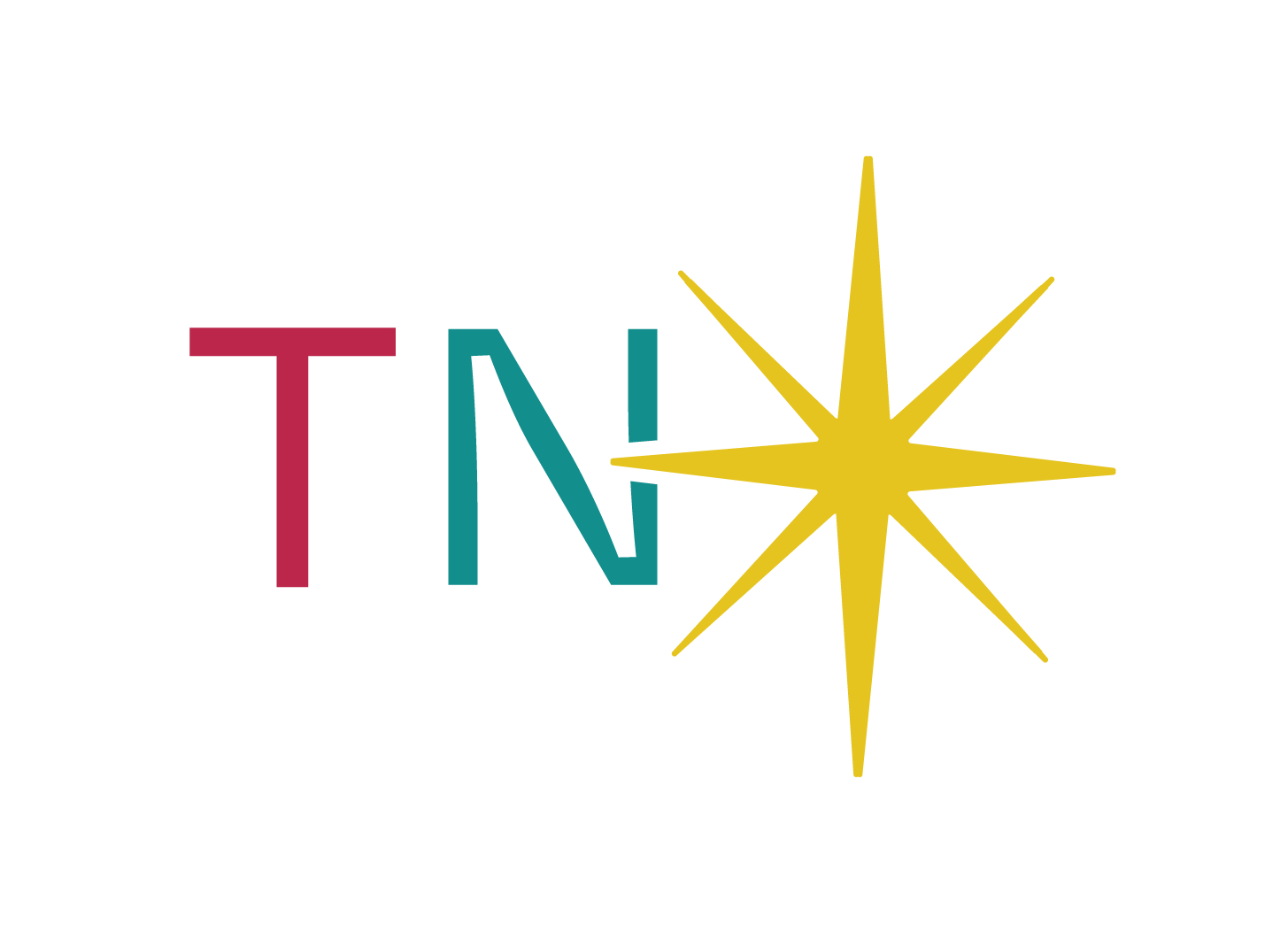Workplace Happiness

In the late 1990s and early 2000s, psychologists witnessed a shift in a concept of “workplace happiness” and it did not take long for leadership theory to follow suit.
What once was viewed as job satisfaction centered on productivity, efficiency, and stability morphed into higher priorities around fulfillment, recognition, purpose, and achievement. This shift is credited to a number of factors including generational differences, values alignment, and holistic approaches to well-being.
In recent years, leadership experts have made workplace happiness and well-being an essential part of their teachings. Brené Brown began studying the connection between empathy and leadership around 2006. Dacher Keltner and Emiliana Simon-Thomas introduced the Science of Happiness curriculum at UC Berkeley in 2014. Arthur C. Brooks established the Leadership & Happiness Lab at Harvard in 2022. Laurie Santos holds the distinction of teaching Yale’s most popular class ever and the subject was – you guessed it – happiness.
In my own leadership and happiness journey, I have studied with each of these academic experts and am grateful for the knowledge they share. What I find most rewarding is watching leadership theory become practice in the work here at True North.
This summer, our Power Hour offering will focus on workplace happiness and well-being. I will share what I have learned through studying and my own lived experience. More importantly, we will build a community of leaders across the country ready to support each other through this hard work of cultivating cultures of courage, collaboration, and well-being.
I hope we see you there. You can find all of those details below.
In the meantime, I wonder…what do you think about workplace happiness and well-being? Do you think about it? What does it mean to you? Tell me more…
Be well + lead well,
CHANTEL


